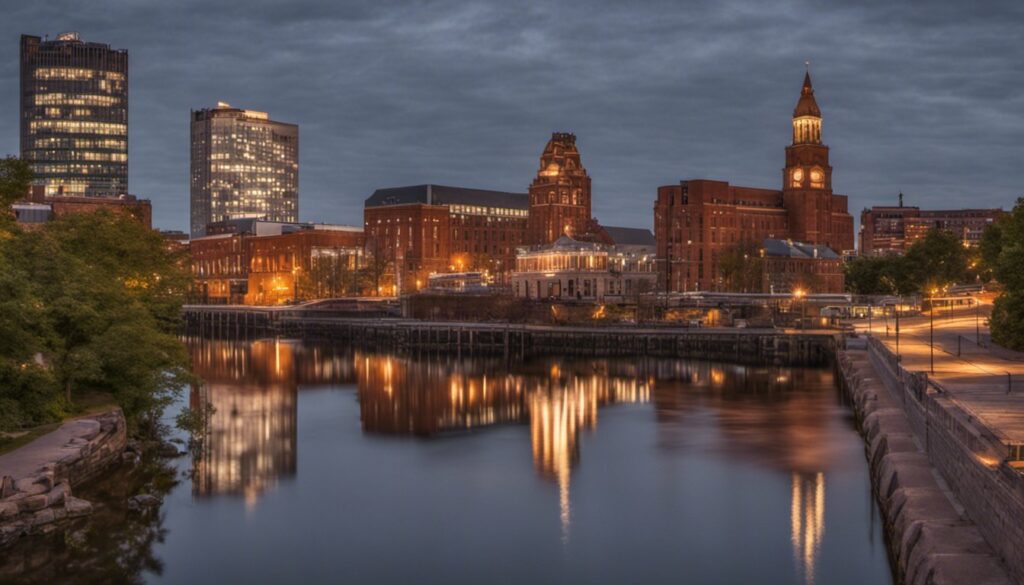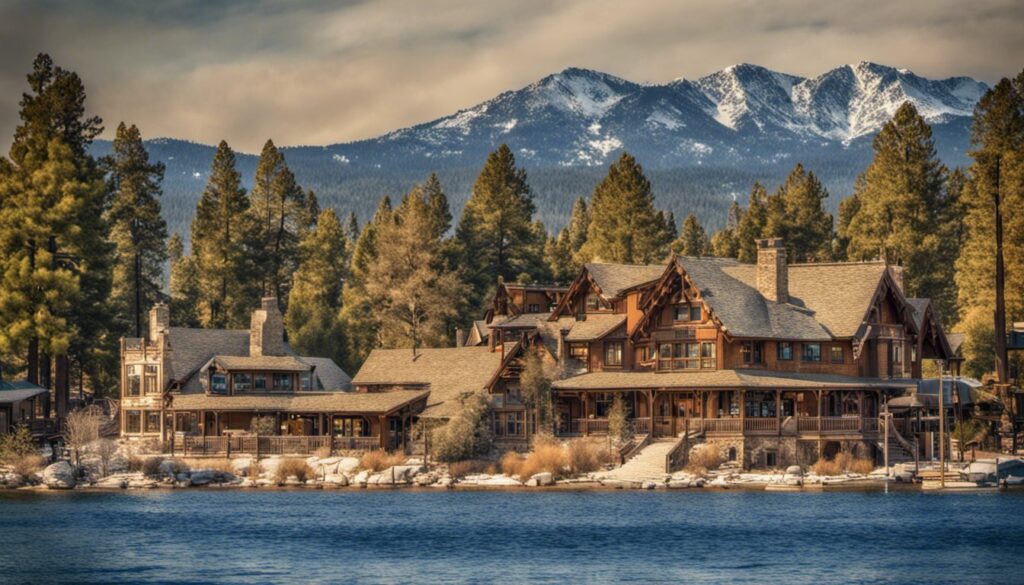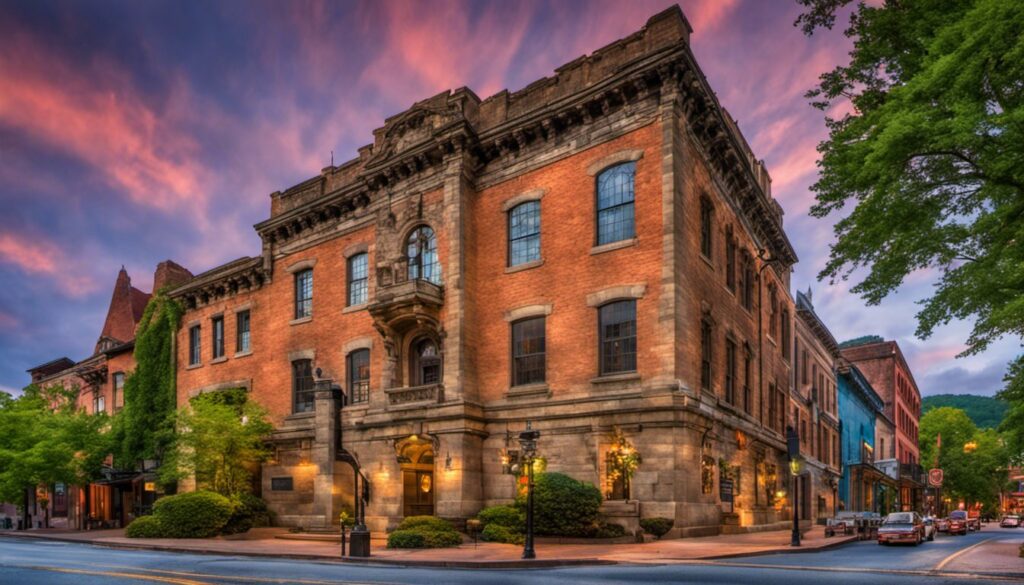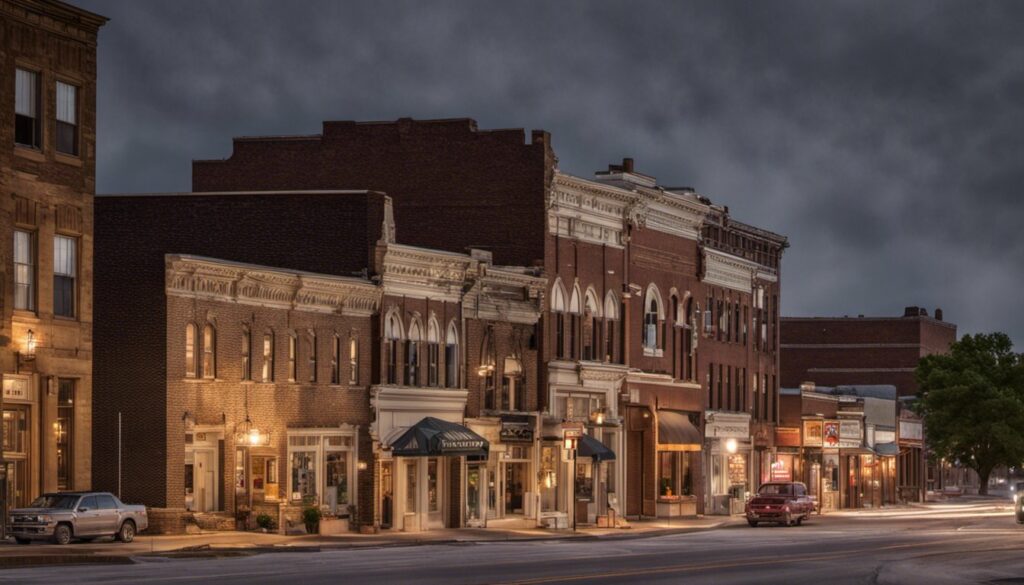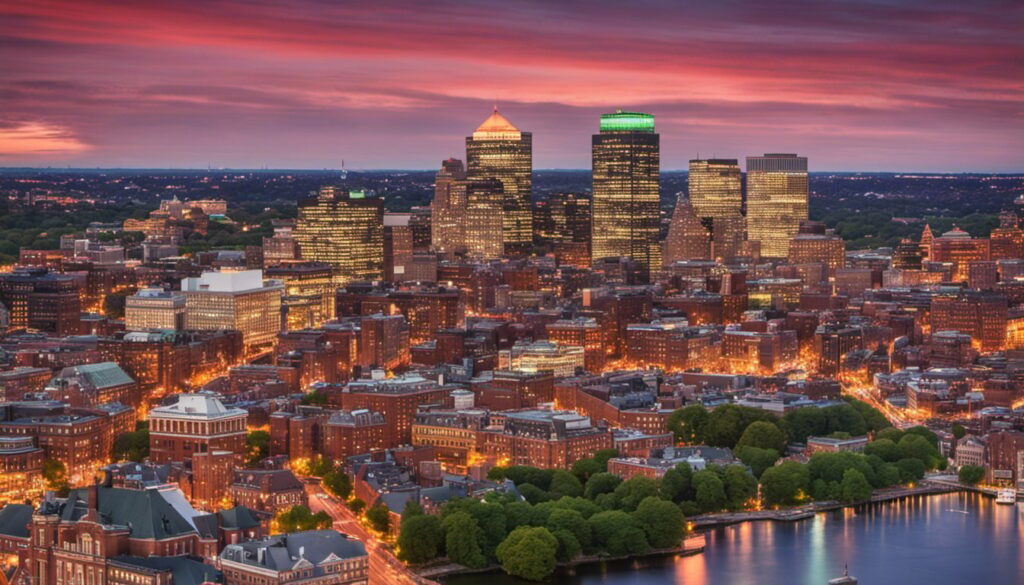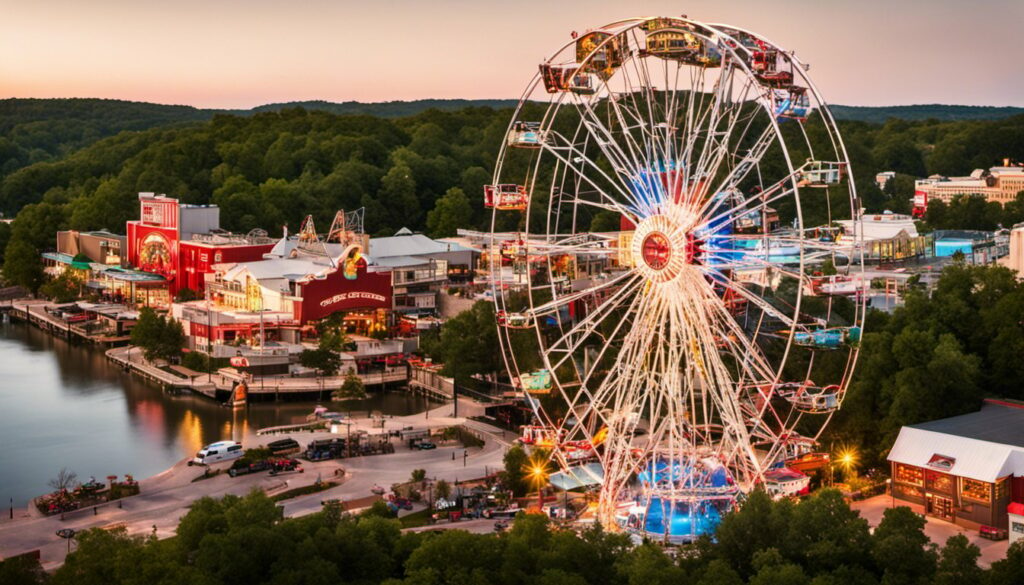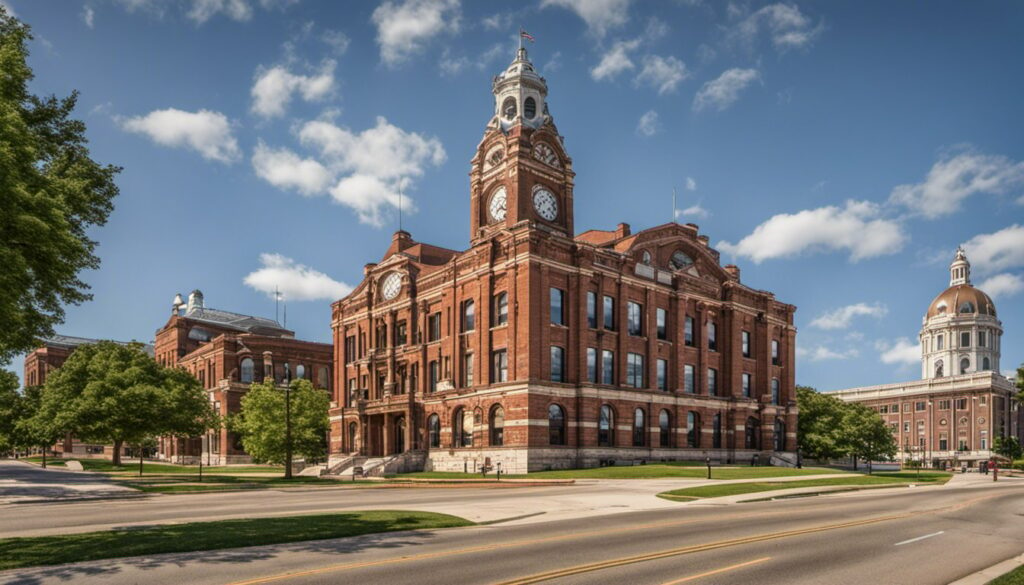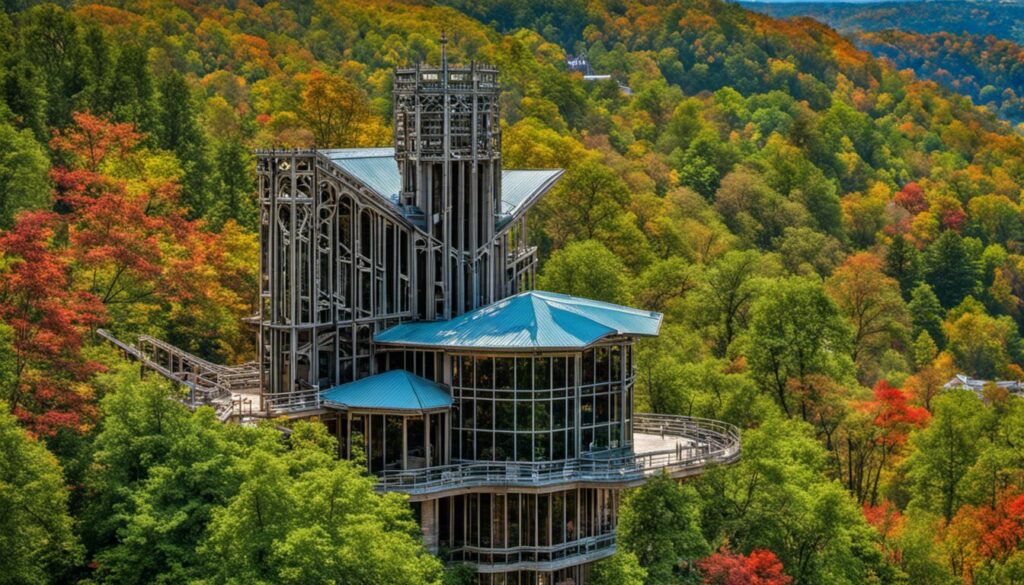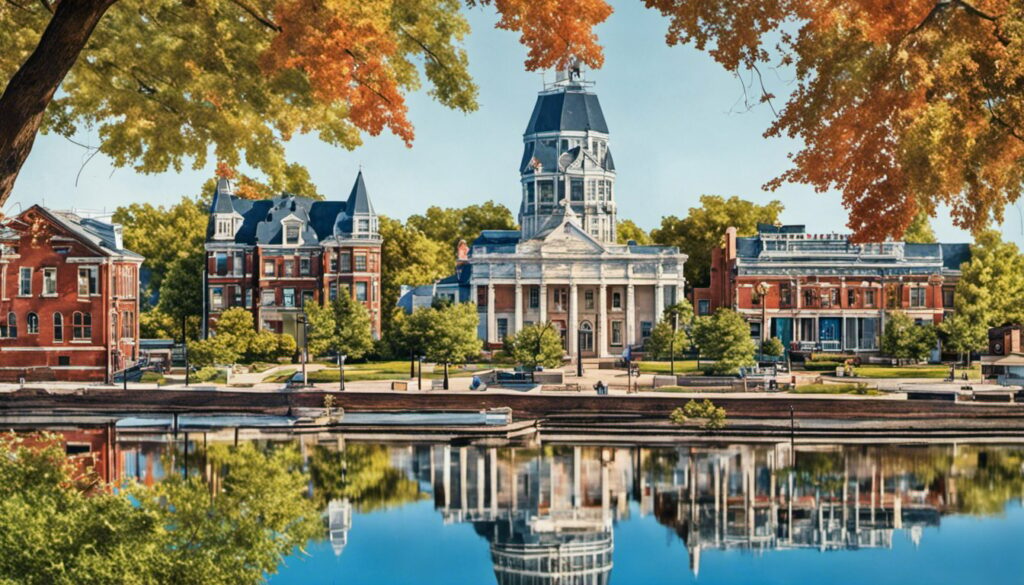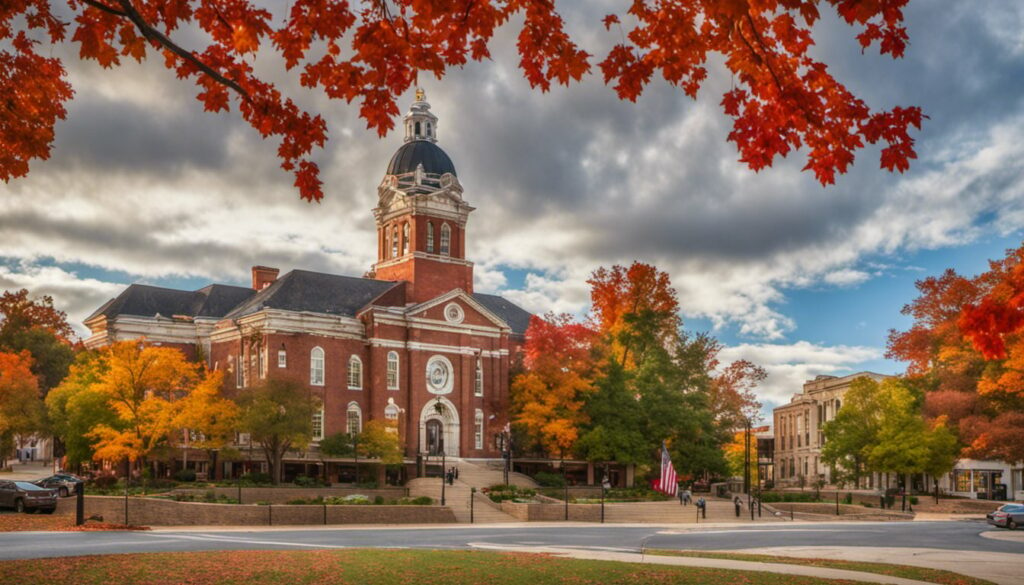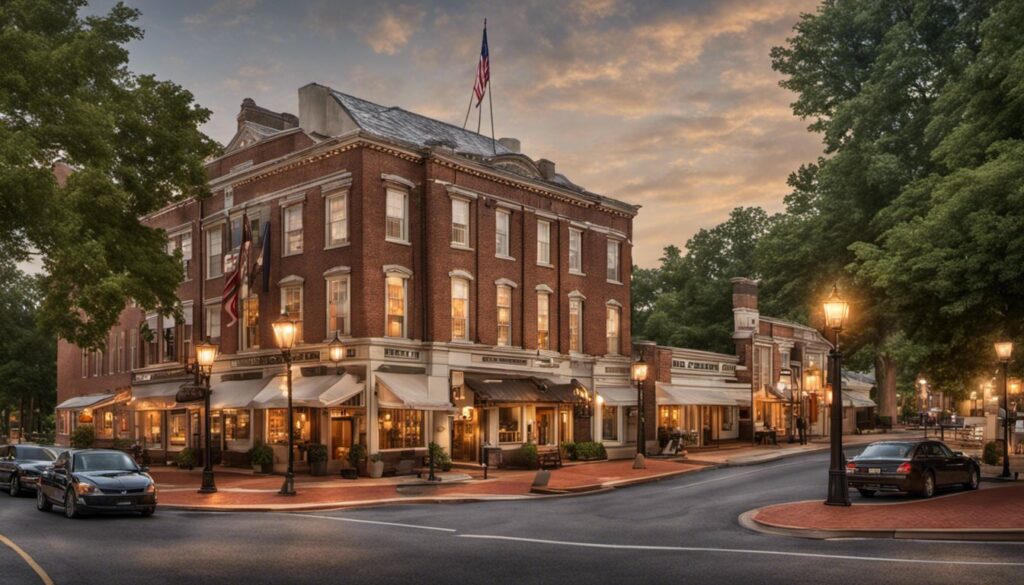
Table Of Content
- Explore Manchester, New Hampshire: Historical Sites and Famous Landmarks
- Historical Significance of Manchester
- Famous Landmarks in Manchester
- Manchester’s Art and Music Scene
- Outdoor Activities in Manchester
- Historic Sites in Surrounding Areas
- Preservation and Conservation Efforts
- Manchester’s Rich Textile History
- Conclusion
- Frequently Asked Questions
Explore Manchester, New Hampshire: Historical Sites and Famous Landmarks
Are you planning a trip to Manchester, New Hampshire? If so, you’re in for a treat! Manchester is a city steeped in history and culture, with plenty of landmarks and historical sites to explore. From the city’s rich textile history to its vibrant art and music scene, there’s something for everyone in Manchester.
One of the most exciting things about visiting Manchester is exploring its historical significance. The city played a pivotal role in the Industrial Revolution, and you can learn all about its history by visiting famous landmarks like the Millyard Museum or the SEE Science Center. But Manchester isn’t just about the past – it’s also a city that’s constantly evolving, with a thriving art and music scene that’s worth exploring. Whether you’re interested in visiting a local gallery or catching a live performance, there’s always something new and exciting happening in Manchester.
Key Takeaways
- Manchester, New Hampshire is a city with a rich history and culture, making it an ideal destination for anyone interested in exploring historical sites and famous landmarks.
- The city played an important role in the Industrial Revolution, and visitors can learn all about its history by visiting landmarks like the Millyard Museum and the SEE Science Center.
- Manchester’s art and music scene is also worth exploring, with plenty of galleries, live performances, and other cultural events taking place throughout the year.
Historical Significance of Manchester
Manchester, New Hampshire, is a city with a rich and fascinating history. The city is located in New England, a region of the United States that played a significant role in the American Revolution. The city was first settled in the early 1700s by Europeans who came from the Massachusetts Bay Colony.
Manchester played a crucial role in the Industrial Revolution in America. The city was a major center for textile manufacturing, and its mills produced some of the finest fabrics in the world. The mills provided jobs for thousands of people and helped to transform Manchester into a prosperous and thriving city.
Today, Manchester is home to many historic landmarks and sites that offer a glimpse into the city’s past. The city has preserved many of its historic buildings and structures, including the Amoskeag Millyard, which was once the largest textile manufacturing complex in the world.
Manchester is also home to the Millyard Museum, which showcases the city’s industrial heritage and the impact that the mills had on the city and the region. The museum features exhibits on the history of the mills, the workers who labored in them, and the impact that the mills had on the city’s economy and culture.
In addition to its industrial heritage, Manchester also played a role in the American Revolution. The city was a center of activity during the war, and many of the city’s residents fought for independence from Great Britain.
Overall, Manchester’s history is a fascinating and important part of the city’s identity. From its early days as a small settlement to its rise as a major center of industry, Manchester has played a significant role in the history of New England and the United States.
Famous Landmarks in Manchester
If you are a history buff or just interested in exploring the past, Manchester is the perfect destination with its numerous famous landmarks. Here are some of the most notable landmarks in Manchester that you should definitely check out:
Daniel Webster Birthplace State Historic Site

The Daniel Webster Birthplace State Historic Site is a must-visit landmark in Manchester. This site is dedicated to the life and legacy of Daniel Webster, one of the most influential figures in American history. The site features a museum and a restored 18th-century farmhouse where Webster was born in 1782. You can explore the grounds and learn about Webster’s life and contributions to American politics.
Robert Frost Homestead

The Robert Frost Homestead is another famous landmark in Manchester. This historic site was the home of Robert Frost, one of America’s most famous poets. The house is now a museum that offers guided tours, exhibits, and events that celebrate Frost’s life and work. You can explore the house and grounds and learn about Frost’s poetry and his impact on American literature.
Harrisville Historic District

The Harrisville Historic District is a beautiful and well-preserved example of New England architecture. This district is home to over 200 historic buildings, including houses, barns, and churches, that date back to the 18th and 19th centuries. You can take a stroll through the district and admire the beautiful architecture and charming streetscapes.
John Paul Jones House

The John Paul Jones House is a National Historic Landmark and a must-visit landmark in Manchester. This historic house was the home of John Paul Jones, one of America’s most famous naval heroes. The house has been restored to its original 18th-century appearance and features exhibits and artifacts that tell the story of Jones’s life and naval career.
Moffatt-Ladd House

The Moffatt-Ladd House is another National Historic Landmark and a must-visit landmark in Manchester. This historic house was built in 1763 and was the home of William Whipple, a signer of the Declaration of Independence. The house has been restored to its original appearance and features exhibits and artifacts that tell the story of Whipple’s life and contributions to American history.
Wentworth-Coolidge Mansion

The Wentworth-Coolidge Mansion is a beautiful and well-preserved example of Georgian architecture. This historic mansion was built in 1750 and was the home of New Hampshire’s first royal governor, Benning Wentworth. The mansion has been restored to its original appearance and features exhibits and artifacts that tell the story of Wentworth’s life and contributions to New Hampshire history.
Zimmerman House

The Zimmerman House is a beautiful and well-preserved example of mid-century modern architecture. This historic house was designed by Frank Lloyd Wright in 1950 and was the home of Isadore and Lucille Zimmerman. The house has been restored to its original appearance and features exhibits and artifacts that tell the story of Wright’s design and the Zimmerman’s life.
Kalil House

The Kalil House is another beautiful and well-preserved example of mid-century modern architecture. This historic house was designed by Frank Lloyd Wright in 1955 and was the home of Toufic and Mildred Kalil. The house has been restored to its original appearance and features exhibits and artifacts that tell the story of Wright’s design and the Kalil’s life.
Manchester is a city with a rich history and numerous famous landmarks. Whether you are interested in architecture, history, or just exploring the past, you will find plenty to see and do in this vibrant city.
Manchester’s Art and Music Scene
Manchester, New Hampshire has a vibrant art and music scene that is worth exploring. From museums to music venues, there is something for everyone. Here are a few places you should check out:
Millyard Museum

The Millyard Museum is a must-visit for anyone interested in the history of Manchester. The museum is located in the Amoskeag Millyard, which was once the largest cotton textile manufacturing plant in the world. The museum has exhibits that showcase the history of the Amoskeag Millyard, as well as the people who worked there. You can also learn about the history of Manchester and its role in the Industrial Revolution.
MacDowell Colony

The MacDowell Colony is a haven for artists and writers. It is a retreat that provides artists with the time and space they need to create. The colony has hosted some of the most famous writers and artists of the 20th century, including James Baldwin, Leonard Bernstein, and Aaron Copland. You can take a tour of the colony and see the studios where these artists worked.
If you’re interested in music, there are plenty of venues in Manchester where you can catch a show. The Palace Theatre is a historic venue that hosts a variety of performances, from plays to concerts. The Shaskeen is a popular spot for live music, with local and national acts performing regularly. The Jewel is another great option, with a wide variety of music genres represented.
Whether you’re interested in art, museums, or music, Manchester, New Hampshire has something to offer. Take some time to explore the city’s vibrant cultural scene and see what you discover.
Outdoor Activities in Manchester
If you’re an outdoor enthusiast, Manchester is the perfect destination for you. With its picturesque landscapes and scenic views, there’s no shortage of outdoor activities to enjoy. Here are some of the best outdoor activities in Manchester that you can’t miss.
Mount Washington Cog Railway

For a unique outdoor experience, take a ride on the Mount Washington Cog Railway. This historic railway takes you to the summit of Mount Washington, which is the highest peak in the Northeast. The ride is a thrilling experience that offers stunning views of the White Mountains. You’ll also get to learn about the history of the railway and the mountain.
White Mountains Hiking Trails

The White Mountains offer some of the best hiking trails in the country. With over 1,200 miles of trails, there’s something for every level of hiker. From easy walks to challenging hikes, you’ll find a trail that suits your ability. Some of the most popular trails include the Franconia Ridge Loop, the Presidential Traverse, and the Mount Lafayette and Franconia Ridge Trail.
Lake Winnipesaukee in the Lakes Region

Lake Winnipesaukee is a popular destination for swimming, boating, and fishing. With over 72 square miles of water, it’s the largest lake in New Hampshire. There are plenty of beaches and parks around the lake where you can relax and enjoy the view. You can also rent a boat or kayak and explore the lake on your own.
Whether you’re into hiking, swimming, or skiing, Manchester has something to offer for every outdoor enthusiast. So pack your gear and get ready for an exciting adventure in one of the most beautiful destinations in New Hampshire.
Historic Sites in Surrounding Areas
If you’re looking to explore more of New Hampshire’s rich history, there are plenty of historic sites in the surrounding areas of Manchester that are worth a visit. Here are a few notable sites to add to your list:
Canterbury Shaker Village

Located just 30 minutes from Manchester, the Canterbury Shaker Village is a unique living history museum that offers a glimpse into the lives of the Shakers, a religious group known for their simple way of life and beautiful craftsmanship. You can take a guided tour of the village, which includes 25 restored buildings, gardens, and exhibits that showcase the Shakers’ furniture, textiles, and inventions.
Franklin Pierce Homestead

The Franklin Pierce Homestead is the childhood home of the 14th President of the United States and is located in nearby Hillsborough. The homestead has been preserved as a historic site and includes the original family farmhouse, a carriage house, and a barn. You can take a guided tour of the home and learn about Pierce’s life and presidency.
Saint-Gaudens National Historical Park

The Saint-Gaudens National Historical Park is a tribute to the life and work of Augustus Saint-Gaudens, one of America’s greatest sculptors. The park is located in Cornish, just over an hour from Manchester, and features over 100 of Saint-Gaudens’ works, including sculptures, reliefs, and coins. You can take a guided tour of the park and learn about Saint-Gaudens’ life and artistic process.
Castle in the Clouds

The Castle in the Clouds is a stunning mansion located in Moultonborough, about an hour and a half from Manchester. Built in 1914, the mansion sits atop the Ossipee Mountains and offers breathtaking views of the Presidential Range. You can take a guided tour of the mansion and learn about its history and architecture, or explore the surrounding gardens and hiking trails.
These historic sites offer a unique glimpse into New Hampshire’s rich history and culture. Whether you’re interested in art, architecture, or politics, there’s something for everyone to explore.
Preservation and Conservation Efforts
You’ll be pleased to know that Manchester, New Hampshire, takes great pride in preserving and conserving its historical sites and famous landmarks. The city has several organizations that work tirelessly to ensure that these sites are well-maintained and accessible to the public.
One of the primary organizations that oversee the preservation and conservation efforts is the Manchester Historic Association. The association works to preserve and promote the city’s history through exhibits, workshops, programs, and tours. They offer guided tours of several historical sites, including the Millyard Museum, which is a must-visit for anyone interested in Manchester’s industrial history.
In addition to the Manchester Historic Association, the National Park Service also plays a vital role in preserving and conserving historical sites in Manchester. The National Park Service oversees several sites that are listed on the National Register of Historic Places, including the Amoskeag Millyard and the Zimmerman House. These sites are open to the public and offer a glimpse into Manchester’s past.
The National Park Service also offers several programs and workshops that focus on historical preservation and conservation. These programs are designed to educate the public on the importance of preserving historical sites and landmarks. They also offer training for those interested in pursuing a career in historical preservation.
Overall, Manchester, New Hampshire, has a strong commitment to preserving and conserving its historical sites and famous landmarks. Whether you’re a history buff or just interested in learning more about the city’s past, there are plenty of opportunities to explore and appreciate Manchester’s rich history.
Manchester’s Rich Textile History
Manchester, New Hampshire has a rich history in the textile industry that dates back to the 19th century. The Amoskeag Millyard, located in the heart of Manchester, was once the largest textile manufacturing plant in the world. Today, it has been transformed into a bustling commercial and residential area that still pays homage to its industrial past.
The Millyard Museum, located in the Amoskeag Millyard, is a must-visit destination for anyone interested in Manchester’s textile history. The museum showcases the city’s industrial heritage, including exhibits on the textile industry, immigration, and the daily lives of mill workers. You can also take a guided tour of the millyard to see the historic buildings and learn more about the industry that helped shape Manchester.
The textile industry was the backbone of Manchester’s economy for many years. The city was home to several major textile mills, including the Amoskeag Manufacturing Company, which was once the largest cotton textile manufacturer in the world. The mills employed thousands of workers and produced everything from cotton cloth to wool blankets.
One of the most iconic landmarks in Manchester’s textile history is the Bedford Street Mill. Built in 1893, it was one of the last mills to be constructed in the city. Today, it is a National Historic Landmark and home to the Manchester Historic Association. You can take a tour of the mill to see the original machinery and learn about the history of the textile industry in Manchester.
In conclusion, Manchester’s textile history is a fascinating and important part of the city’s past. From the Amoskeag Millyard to the Bedford Street Mill, there are many landmarks and museums that pay tribute to this industry and the people who made it possible. If you’re interested in learning more about Manchester’s history, be sure to visit these sites and explore the city’s rich textile heritage.
Conclusion
Congratulations, you’ve now explored some of the most fascinating historical sites and famous landmarks in Manchester, New Hampshire! From the beautiful architecture of the Zimmerman House to the fascinating exhibits at the Millyard Museum, there’s no shortage of exciting places to explore in this charming city.
Whether you’re a history buff, an architecture enthusiast, or simply looking for a fun day out, Manchester has something to offer everyone. Be sure to bring your camera along to capture some of the stunning sights and picturesque scenery that this city has to offer.
Don’t forget to visit the many other historical sites and famous landmarks throughout New Hampshire, such as the Canterbury Shaker Village and the Augustus Saint-Gaudens Memorial. You’ll be amazed at the rich history and diverse culture that this state has to offer.
So what are you waiting for? Grab your friends and family, pack a picnic lunch, and head out to explore all that Manchester and New Hampshire have to offer. You won’t be disappointed!
Frequently Asked Questions
What are some must-see historical sites in Manchester, New Hampshire?
Manchester, New Hampshire is home to several must-see historical sites, including the Millyard Museum, which showcases the city’s industrial history, and the Zimmerman House, a Frank Lloyd Wright-designed home that offers a glimpse into mid-century modern architecture.
Which famous landmarks in Manchester, New Hampshire are worth visiting?
If you’re looking to visit famous landmarks in Manchester, New Hampshire, be sure to check out the Palace Theatre, a restored vaudeville theater that now hosts live performances, and the Currier Museum of Art, which houses an impressive collection of American and European art.
Are there any hidden gems among the historical sites in Manchester, New Hampshire?
Yes, there are several hidden gems among the historical sites in Manchester, New Hampshire. The Amoskeag Fishways Learning and Visitors Center offers an interactive experience that teaches visitors about the local ecosystem and the history of the Amoskeag Falls. The Saint Anselm College Abbey Church is also worth a visit, with its stunning stained glass windows and peaceful atmosphere.
What is the history behind the landmarks in Manchester, New Hampshire?
The landmarks in Manchester, New Hampshire have a rich history that spans several centuries. Many of the city’s historical sites and landmarks are tied to its industrial past, including the Amoskeag Manufacturing Company, which played a significant role in the development of the city.
How many historical sites and landmarks are there to explore in Manchester, New Hampshire?
There are dozens of historical sites and landmarks to explore in Manchester, New Hampshire, ranging from museums and art galleries to parks and natural landmarks. Whether you’re interested in history, art, or nature, there’s something for everyone in Manchester.
What is the best way to plan a tour of the historical sites and landmarks in Manchester, New Hampshire?
To plan a tour of the historical sites and landmarks in Manchester, New Hampshire, start by researching the different attractions and creating a list of the ones you want to visit. Consider purchasing a city pass or taking a guided tour to make the most of your time in the city. And don’t forget to bring comfortable shoes and a camera to capture all the amazing sights!

